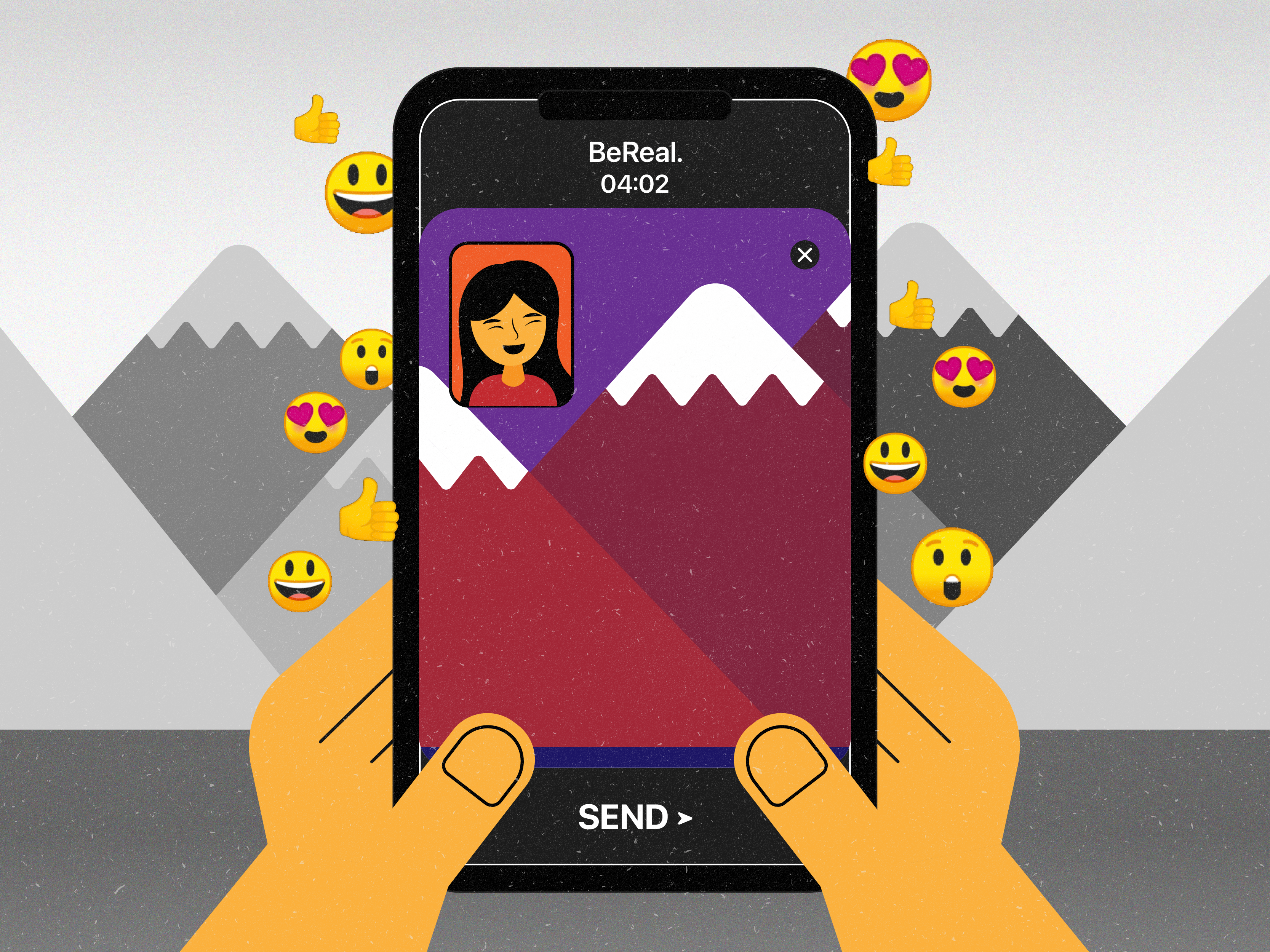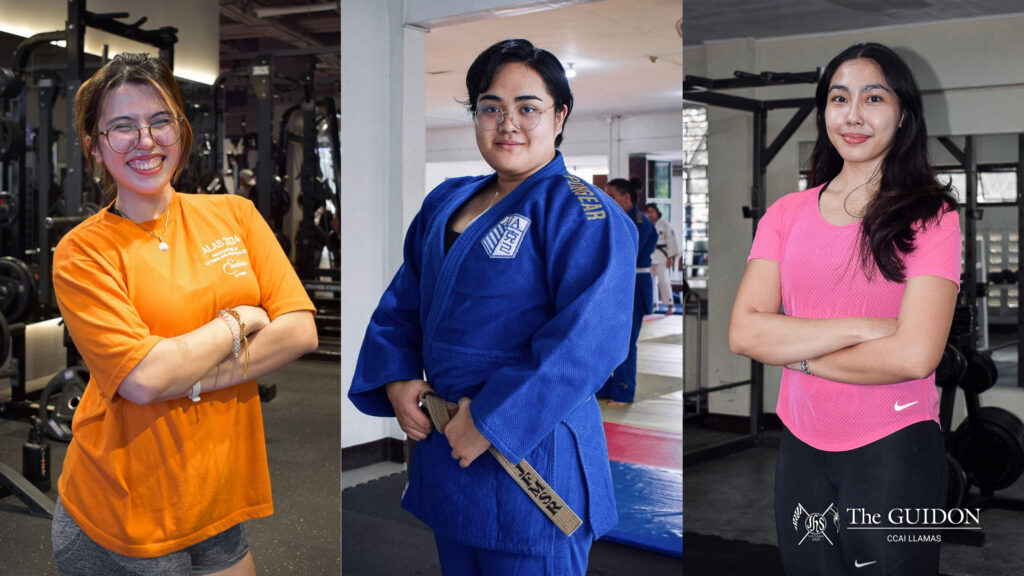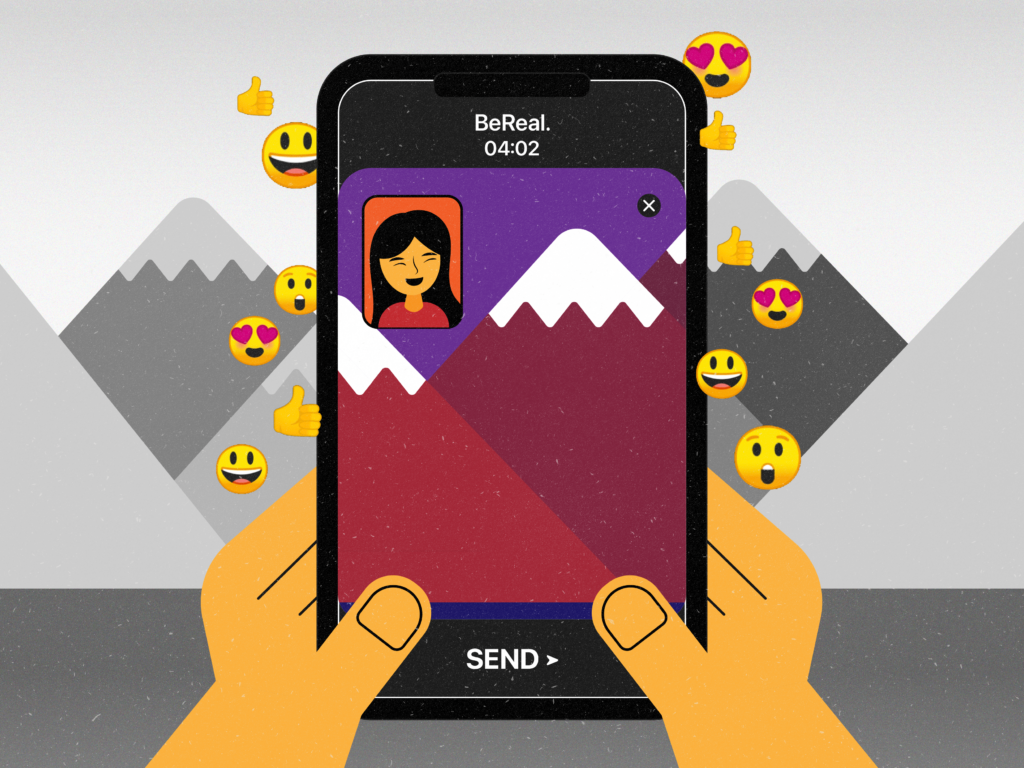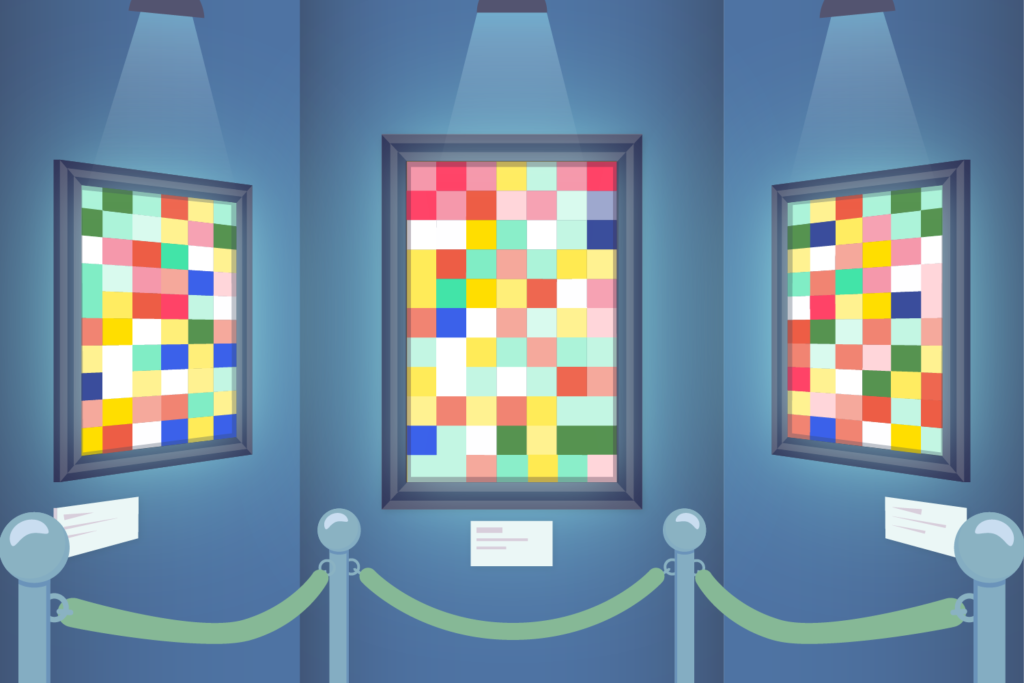SOCIAL MEDIA has seen many changes throughout the years, from the radical changes in the way it functions to the expansive shifts in the demographics using it—pointing to how its relationship with its users continues evolving.
Whereas posts on social media platforms like Instagram or TikTok are heavily curated, one new platform has risen to the occasion to challenge the status quo: BeReal.
The app was first available for download in 2020, but it gained popularity in early 2022. Its attempt to redefine the established social media ecosystem has people reconsidering the pros of the long-standing practice of showcasing only the polished, perfect, and picture-esque aspects of their lives.
But what exactly is it about BeReal that makes it so appealing to netizens? To dissect the app’s appeal, we turned to Atenean BeReal-ers to shed some light.
The art of capturing a BeReal
The mechanics of BeReal are simple. Each day, a notification from the app prompts users to take a picture no matter where they are or what they’re currently doing. There is a two-minute timer set for them to take both a selfie and a back-camera photo.
Various Ateneans have joined in the BeReal craze. Third year AB Communication students Marelle Bañez and Sherese Sanoria have been using the app since late August.While Bañez downloaded BeReal after seeing it on several Instagram stories, Sanoria started using the app when it became the subject of her PR presentation. Meanwhile, Atasha Tolentino (3 BS MAC) joined the platform in October, after her friends asked her to be in their BeReal posts.
Unlike other social media platforms, it allows people a peek into a person’s unfiltered daily lives without it being the perfectly curated version one would post on other platforms. The app also archives users’ posts. “I also like how you can look back on your days and see the progression of the whole month and just reminisce,” Bañez notes.
The appeal of the app doesn’t stop there; BeReal creates a sense of community by encouraging people to share their authentic selves. Bañez expresses that she enjoys BeReal because she can see glimpses into people’s lives since she doesn’t get to spend everyday with them.
However, the burning question still lies—does the app truly encourage authenticity? Some of its features suggest otherwise. BeReal allows multiple retakes of the picture, late posting, and discarding the original photo one has taken. Thus, it allows individuals to fabricate moments or wait for the most “worthy” time of day to post.
“Even with an app that prides itself on authenticity, people still find ways to go against that or cater to themselves. They still do what they can to work their way around it,” says Bañez.
Users get to retake their posts, and even choose at which times they wish to share their photos. These features detract from BeReal’s entire objective, and enables users to filter their content as they do on other apps under the guise of authenticity.
Thus, the omnipresence of BeReal further highlights one of the internet’s latest trends—casualness caught on cam. With the viral shift towards casual authenticity, there is a certain art of how one crafts “spontaneity” on social media.
What is BeReal-worthy?
Despite BeReal’s attempts at approaching social media with a new perspective, some users believe that they must continue practicing what they are used to on other platforms. For them, being “BeReal-worthy” is synonymous with being “Instagram-worthy” or “Facebook-worthy” because all of these platforms pose the same question: What kind of life do you want to show online?
When asked about what an “ideal” Instagram post would look like, Tolentino answered, “something photographed nicely… I’m the type to post more posed or curated posts instead of just whatever I’m doing at the moment.”
In line with this, Sanoria points out that planning on BeReal can be unavoidable. “It’s just a one drop a day picture and then you only have this short window. You can’t help but think, ‘What can I BeReal today?’” she explains.
On the other hand, Tolentino thinks that posting a BeReal has a different, more authentic set of standards compared to other social media platforms. “You’re usually caught in the moment,” she explains when taking a BeReal. “If I’m in bed or on my laptop cramming, I think I have to post na. Once that [notification] pops [up], [I don’t feel the need] to do something interesting,” she continues. However, she also recognizes that while she does stick to the candidness that BeReal encourages, there are still times where she’s more inclined to post, such as when she’s doing something notable.
Despite waiting for a certain time to take a BeReal, Tolentino believes that it still adheres to being authentic. She suggests that BeReals are not as perfectly curated or posed and there are no filters involved—a user is still capturing a real moment with BeReal.
“Casual” social media
BeReal may be the first app of its kind to shoot up to popularity, but it’s hardly the first platform that has allowed users to be more unfiltered and casual in their online personas. In the past, people have already created their own spaces for authenticity on other social media sites.
One such platform is Instagram. Through the creation of finstas (fake Instagram accounts), users can post more candidly to a select audience that’s usually composed of their closest friends. Although Bañez takes note of this, she expresses that finstas aren’t truly candid. She shares that posts can still be curated on the app—even in the little things such as photo sequences and captions.
Ultimately, the presence of finstas alludes to an underlying collective demand for genuineness online—perhaps BeReal was just the first app that provided a platform to chiefly satisfy that craving.
While raw and honest posts become more and more common, authenticity on social media still becomes an ambiguous concept to grasp and achieve. It begs the question: What exactly are the parameters of being real or fake online? “I think authenticity on social media means like just being true to what you show to other people. It’s like a true representation of who you are as a person and what goes on in your life,” Bañez shares.
However, the issue of whether true authenticity can actually be achieved by any social media platform still stands. While BeReal encourages users to, well, be real, several of the app’s features enable the curation of one’s posts.
Thus, despite BeReal’s attempts and successes at promoting authenticity, the pressures of social media continue to peek through the cracks of this new kind of approach. Somehow, the desire to craft a desired image always surfaces, even on an app that wants you to show your truest colors.
With all things considered, users are beginning to doubt BeReal’s longevity. “Unless they add something new to their system or make some changes, I really feel like it’ll last a couple more months, maybe even a year, until people find something new or people just get tired of it,” says Sanoria.
At the end of the day, the pleasure and gratification obtained from social media platforms are entirely defined by their users. In that regard, BeReal’s relevance isn’t all bad. The platform proves that there is still a shift in how we approach social media—we are slowly acknowledging that we want to be less performative and more relatable. This kind of thinking can fluctuate—as seen in the varying attitudes towards BeReal—but it is still a sentiment worth noting as we strive towards a fantasy of an authentic social media experience.






